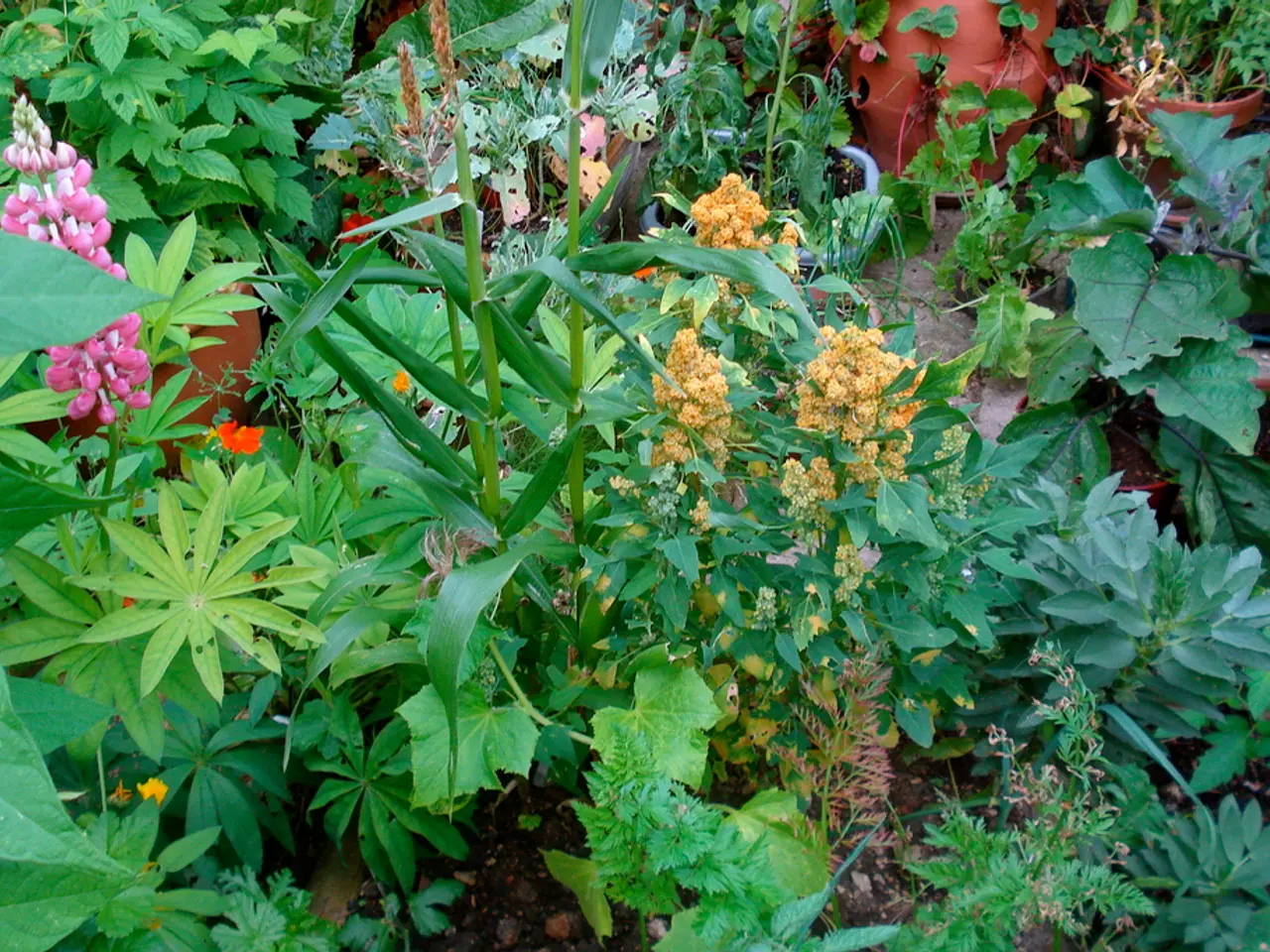Cultivate a Stunning Garden Attractive to Pollinators
Creating a pollinator-friendly garden is an excellent way to support local wildlife and beautify your outdoor space. Here's a guide to help you design and maintain a vibrant pollinator haven, using products from a nursery or garden shop:
## Steps to Create a Pollinator-Friendly Garden
### 1. Choose the Right Location - Find a sunny spot with at least 6 hours of sunlight per day. - Protect your garden from strong winds using fences, shrubs, or trees. - Keep your pollinator garden away from conventional lawn care zones to prevent pesticide drift.
### 2. Plan Your Layout - Group plants together for a larger visual and nectar target. - Use tall plants like echinacea in the back, mid-sized in the middle, and low growers like thyme in the front. - Ensure continuous flowering from early spring to late fall by overlapping bloom times. - Include paths or stepping stones for easy access without disturbing pollinators.
### 3. Select Pollinator-Friendly Plants - Include about 70% native or nativar species, which are preferred by local pollinators. - Add up to 30% cultivated, non-native varieties for diversity. - Include host plants for butterflies and moths, such as milkweed for monarchs.
Some recommended plants include: - Butterfly Weed (Asclepias tuberosa) - Blazing Star (Liatris spicata) - New York Ironweed (Vernonia noveboracensis) - Echinacea - Joe Pye Weed
### 4. Water and Shelter - Add a shallow dish or birdbath with fresh water, changing it every other day to prevent mosquito breeding. - Provide shelter with perennial plants, woody material like dead branches, and undisturbed soil areas.
### 5. Maintenance - Refrain from using synthetic pesticides, as they harm pollinators. - Use natural methods for pest control and deadheading to maintain your garden.
### Products to Consider from the Shop - Native Plant Species - Pollinator-Friendly Perennials - Water Features (e.g., birdbaths or shallow dishes) - Organic Fertilizers and Pest Control Methods
When selecting products, ensure they align with your garden's needs based on sunlight, soil type, and hardiness zone. Consult shop staff for advice on selecting the best plants and materials for your pollinator garden.
Some additional products available at the shop include the Wildflower Farms Eco-Lawn Grass Seed - 5 lb, MicroLawn Grass Seed & Microclover Blend - 5 lbs, Natural Cedar Raised Garden Beds, Natural Cedar Planter Boxes, Natural Cedar Elevated Garden Planter, Honeybee Scatter Garden, Hummingbird Scatter Garden, and a Wooden Butterfly House. These items offer various solutions for creating a pollinator-friendly garden, from growing grass for a lawn to providing shelter for beneficial insects.
Incorporating sustainable living practices, consider raising a home-and-garden with nativar species or pollinator-friendly perennials in raised beds to create a vibrant pollinator haven. Place water features like birdbaths or shallow dishes, and use organic fertilizers and pest control methods for a chemical-free lifestyle in gardening.



